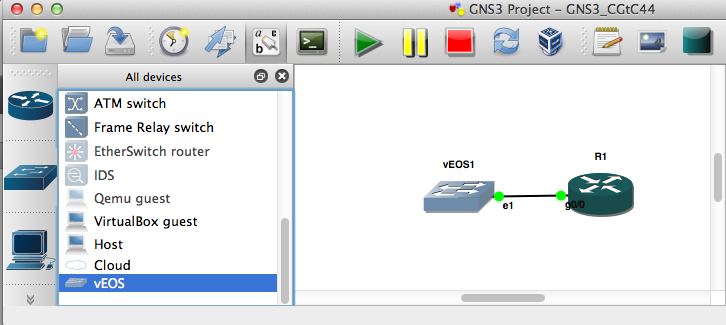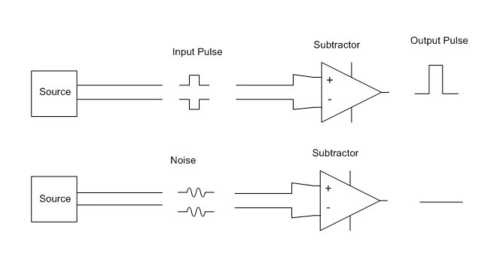Hardware – XOR
Warning this blog post contains a tiny bit of boolean logic. Don’t be afraid. Let’s explore the eXclusive-OR (XOR) logic function, another hidden gem that powers computer and network systems. XOR is a binary logical operation with some very special properties. You’ll find XOR hiding under the covers of most communications systems. The goal of this post is to tell you why XOR is so special and so heavily used.


